How much is your home worth? Try REALTH to find out.
They Built This!
At InceptionU, we are very proud of our learners and what they can accomplish in just six short months. It’s an intense deep dive into the world of coding, software development, critical thinking, teamwork and problem solving.
Over the course of the program they deepen their knowledge of programming and spend the last three months building an actual software program which they present on Demo Day. In this series, we introduce you to our learners and invite you to see for yourself their creativity, design skills, teamwork and problem-solving skills. These projects represent months of hard work and, ultimately, helped many of our learners connect and find jobs with some of Calgary’s leading tech companies. Enjoy and share this post with a friend or colleague who you think might find it interesting.
Who:
Kenneth Jacques
Koeswanto Polim
Noopur Trivedi
Why:
Finding out how much your home is really worth can be a tedious and time-consuming process. Often you have to work through a realtor and assess multiple comparable properties and historical data. This team wanted to create an easier way for homeowners, builders and curious people to quickly get an estimate of their home’s value.
What they built:
Realth is a Machine Learning model that delivers house price predictions based on historical and statistical data. It helps with effective decision-making on whether to sell and provides quick estimates at their fingertips. The application uses four points of data - lot area, quality of the home, year built and ground living area. This app would be ideal for private sellers, developers, curious people and real estate brokerages. The app was created using the Mernstack with two servers: one to utilize MongoDB and the other to utilize machine learning to predict the price of each list.
Take a look and see for yourself!
Facilitator’s comments: Chris Desmarais
“This team really pulled together and released an impressive product. It was very cool to see the learners do stuff that we weren’t even teaching them. The machine learning aspect, that was a personal interest of one of the team members and he went and figured out how to do it. They came up with a very elegant design and solved a very real problem.”

